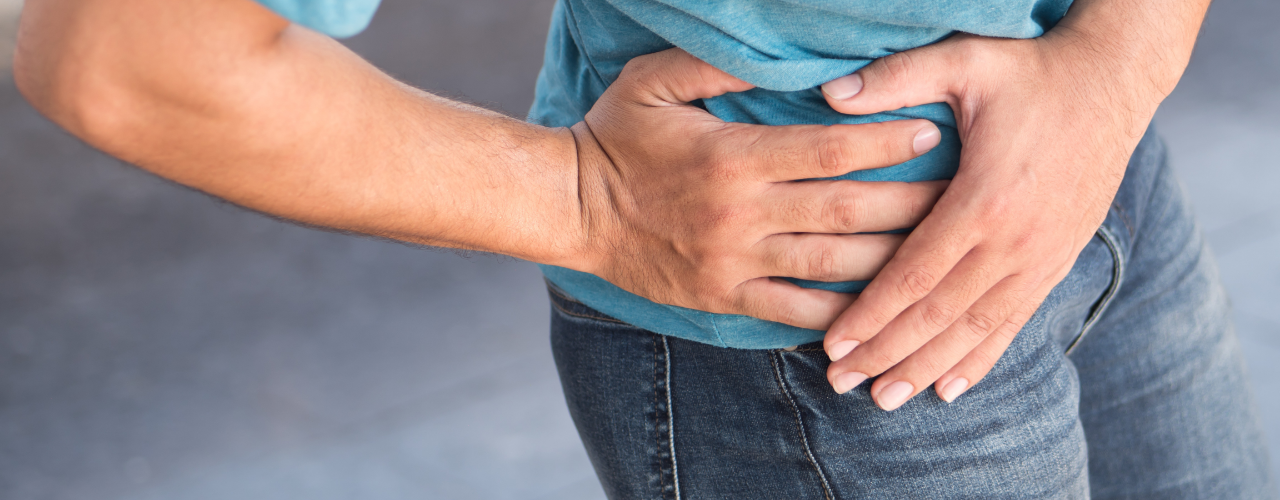
Pelvic Pain
Pelvic pain refers to discomfort originating from structures in the lower abdomen and pelvis. It may be acute (lasting less than six months) or chronic (persisting six months or longer). Common underlying causes include:
Gynecologic: endometriosis, ovarian cysts, uterine fibroids, pelvic inflammatory disease
Urologic: interstitial cystitis (“painful bladder syndrome”), urinary tract infections
Gastrointestinal: irritable bowel syndrome, inflammatory bowel disease, diverticulitis
Musculoskeletal/Neurologic: pelvic floor muscle spasm, myofascial pain syndrome, pudendal nerve entrapment
Symptoms
Dull, aching, or throbbing discomfort in the lower abdomen or groin
Cramping or sharp, stabbing pains—often worse during menstruation or bowel movements
Pain during or after intercourse (dyspareunia)
Urinary urgency, frequency, or pain with urination
Bloating, constipation, or pain relieved by bowel movements
Tenderness when pressing on the pelvic floor muscles or lower back
Common Treatments:
Stretches, Over-the-Counter Pain Treatment, Heat Therapy, Nerve Blocks, Injections
